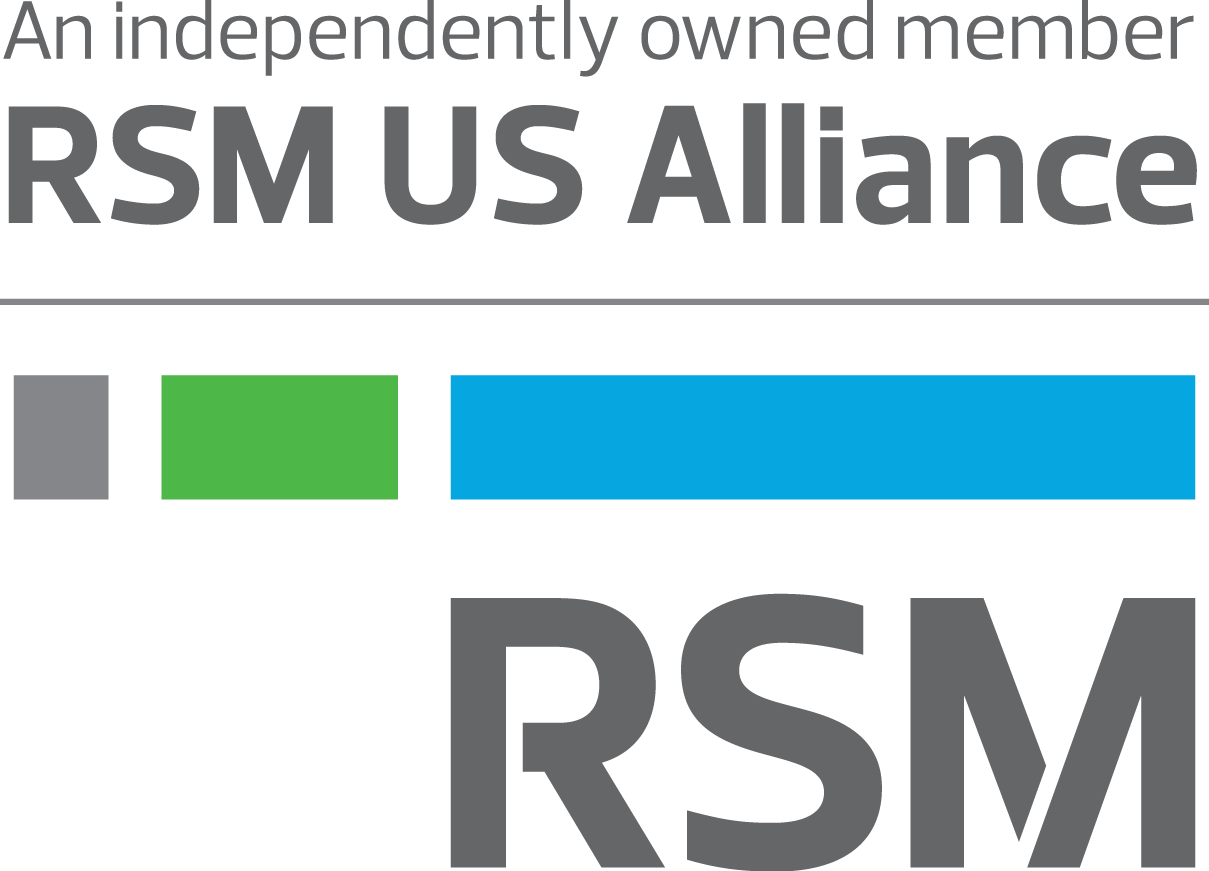U.S. inventories are growing at twice the rate of sales

REAL ECONOMY BLOG | February 21, 2023
Authored by RSM US LLP
With demand remaining strong, middle market firms have been increasing their inventories during the current quarter, with just under a majority expecting to do so over the next six months, according to the RSM US Middle Market Business Index.
Inventories are now growing at twice the rate of sales on a composite basis inside the manufacturing and trade ecosystems, according to composite data from the U.S. Census.
The surge in inventories raises the possibility that firms will be caught with excess supplies just as demand begins to slow down this year.
In the past, abnormal increases in inventories have had led to dampened economic growth as manufacturing or trade firms draw down their supplies.
Given the general uncertainty over economic activity and the ability of U.S. households to sustain the recent strong pace of spending, the growth of inventories highlights the risks that middle market firms are facing.

The inventory accumulation seen in the most recent MMBI survey of senior executives at middle market firms, taken from Jan. 9 to Jan. 30, seems a logical response to shortages in sectors hard hit by the supply-chain crisis and the inflation that followed.
It should be noted that the growth of both inventories and sales has been decelerating in what turned out to be a disappointing holiday shopping season and a downturn in manufacturing activity.
Still, both inventory and sales growth remain substantially higher than at any other period since 1992. Inventories grew at a 12.7% rate compared to December 2021 and sales grew at a 6.4% yearly rate.
In fact, the strong buildup of inventory in the second half of last year accounted for most of the rebound in our RSM US Supply Chain Index, which has normalized to the pre-pandemic level.

In addition, some of the rapid growth last year was the result of base effects in the data, or comparisons to the low levels of 2021. Because supply chain issues still remained last year, these issues will most likely play a part in the rate of growth this year.
On top of that, as the inflation and job components of the supply chain index most likely remain under water for the foreseeable future, a potential swing in inventory to the downside because of excess supplies and slowing demand could cause the U.S. supply chain to contract again.
A breakdown of inventory growth by industry gives a clearer picture of the state of the supply chain.
Most important, as business cycles approach their end, large firms sometimes engage in what is known as channel stuffing that tends to end up harming small and medium-size firms.
Channel stuffing is an attempt to inflate bottom lines by filling distribution channels through excess inventories to meet quarterly sales targets well ahead of actual demand.
While we have yet to observe blatant channel stuffing in the current cycle, it is worth flagging given the general uncertainty over demand.
Inventory-sales ratio overview
Another way to look at inventory accumulation is to standardize each industry by the ratio of inventories compared to sales.
Over time, manufacturing and trade firms would be expected to optimize their levels of inventory to meet the demand of their customers.
As we show, inventory-sales ratios declined on trend from 1992 to 2007 as the global supply chain increased efficiency, making just-in-time production and inventory minimization possible.
And during economic downturns, sales would be expected to fall while some basic level of inventories was maintained.
This would tend to push inventory-sales ratios sky-high during recessions and then remain higher than normal during periods of reduced demand, as happened following the 2008-2009 recession.
Manufacturers
Durable goods manufacturers have historically carried higher inventories compared to sales, operating with an average inventory-sales ratio of 1.6 in non-recessionary periods. Now, they are operating with an inventory-sales ratio of 1.8, which is significantly higher.
Manufacturers of nondurable goods that normally operate with an inventory-sales ratio of 1.0 are carrying an inventory-sales ratio of 1.2, which is also substantially higher than normal.

Wholesalers of durable goods
The inventory-sales ratios for wholesalers of durable goods are above average for all products and significantly so for all but computer and machinery wholesalers.
The increase in durable wholesale inventory-sales ratios accelerated last year, which suggests both the recovery of the supply chain and the decrease in manufacturing activity.

Wholesalers of nondurable goods
The status of inventory-sales ratios for wholesalers of nondurable goods products is mixed. The ratios for drugs and farm products are only slightly below normal. The ratio for petroleum and petroleum products has been in a long-term downtrend that continued into last year.
At the other end of the spectrum, the inventory-sales ratio for apparel wholesalers approached its all-time low in June 2021 and has since soared to a record high.
We suspect this has something to do with the downstream inventories of apparel retailers and this year’s dismal holiday shopping season.

Retailers
Anyone who bought a new dishwasher or car over the past two years knows how difficult it has been to get exactly what you wanted when you needed it.
Even now, the inventory-sales ratios for motor vehicle retailers are significantly below normal. The lack of inventory for car dealers and household appliance dealers can be attributed to the shortage of computer chips, which is likely to persist for some time.
It’s a different story among retailers of furniture, food and beverage, and general merchandise, whose inventories-sales ratios remain slightly lower than usual, but appear to be getting back to normal.

This article was written by Joseph Brusuelas, Tuan Nguyen, Mike Graziano and originally appeared on 2023-02-21.
2022 RSM US LLP. All rights reserved.
https://realeconomy.rsmus.com/u-s-inventories-are-growing-at-twice-the-rate-of-sales/
RSM US Alliance provides its members with access to resources of RSM US LLP. RSM US Alliance member firms are separate and independent businesses and legal entities that are responsible for their own acts and omissions, and each are separate and independent from RSM US LLP. RSM US LLP is the U.S. member firm of RSM International, a global network of independent audit, tax, and consulting firms. Members of RSM US Alliance have access to RSM International resources through RSM US LLP but are not member firms of RSM International. Visit rsmus.com/aboutus for more information regarding RSM US LLP and RSM International. The RSM(tm) brandmark is used under license by RSM US LLP. RSM US Alliance products and services are proprietary to RSM US LLP.

MBE CPAs is a proud member of RSM US Alliance, a premier affiliation of independent accounting and consulting firms in the United States. RSM US Alliance provides our firm with access to resources of RSM US LLP, the leading provider of audit, tax and consulting services focused on the middle market. RSM US LLP is a licensed CPA firm and the U.S. member of RSM International, a global network of independent audit, tax and consulting firms with more than 43,000 people in over 120 countries.
Our membership in RSM US Alliance has elevated our capabilities in the marketplace, helping to differentiate our firm from the competition while allowing us to maintain our independence and entrepreneurial culture. We have access to a valuable peer network of like-sized firms as well as a broad range of tools, expertise, and technical resources.
For more information on how the MBE CPAs can assist you, please call us at (608) 356-7733.
